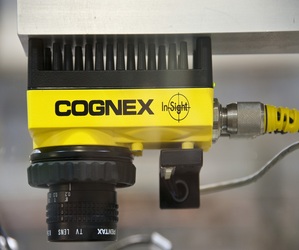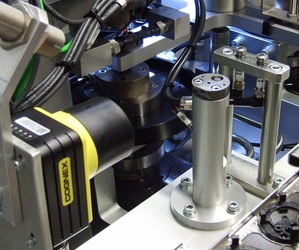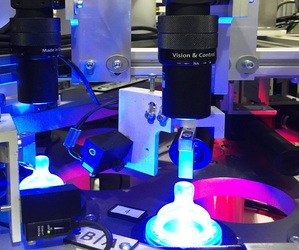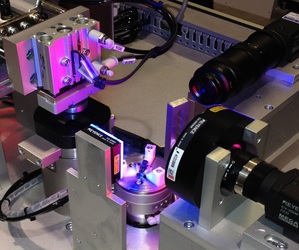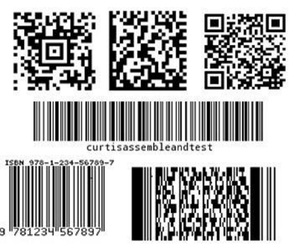Curtis Assemble & Test has been integrating vision systems for over 25 years, during which time we have used several different types from several manufacturers. The range of inspection tasks that can be performed using vision systems is vast and too varied to list, but a few of the areas that CAT has provided solutions for include:
- dynamic analysis of injection spray pattern
- dimensional analysis
- presence/absence detection
- parts counting
- quality inspection
- leak detection
- part traceability
One of the key aspects to a successful vision application is getting the lighting right. This can be a challenge when it comes to integrating vision equipment into automated equipment, even more so when retrofitting to existing equipment. Our experience in solving integration issues allows CAT to avoid many of the problems that can be encountered when using vision systems.
As each vision project needs to be evaluated on an individual basis please contact CAT to discuss your particular application.
Part Traceability
The ability to trace an individual component through the manufacturing process and then track it once installed into an assembly gives manufacturers far more information about the quality of the manufacturing and the performance of completed assemblies. Problems identified during a functional test could be traced back to an individual component whose complete manufacturing history is available for scrutiny.
Traceability Concept
A traceability system involves marking individual parts with a unique number (often done with a data matrix, bar code or RFID tag). Each time a process is performed on that part the unique code is read and information relevant to the process is allied to the unique code and then stored in a central location. Each time a process is performed the information in the central location is updated.
When the component is built into an assembly, its unique number is recorded against the unique number of the assembly so keeping track of which assembly the component has been used in.
At any time the central location can be interrogated and the information for a given unique code can be retrieved and reviewed.
Taking traceability one step further, each time a component or assembly is to have an operation performed on it, the central location can be interrogated to determine if all required previous processes have been completed and only allow the operation to proceed if they have. This prevents work being carried out on parts that have not had previous operations performed or have failed on previous operations.


